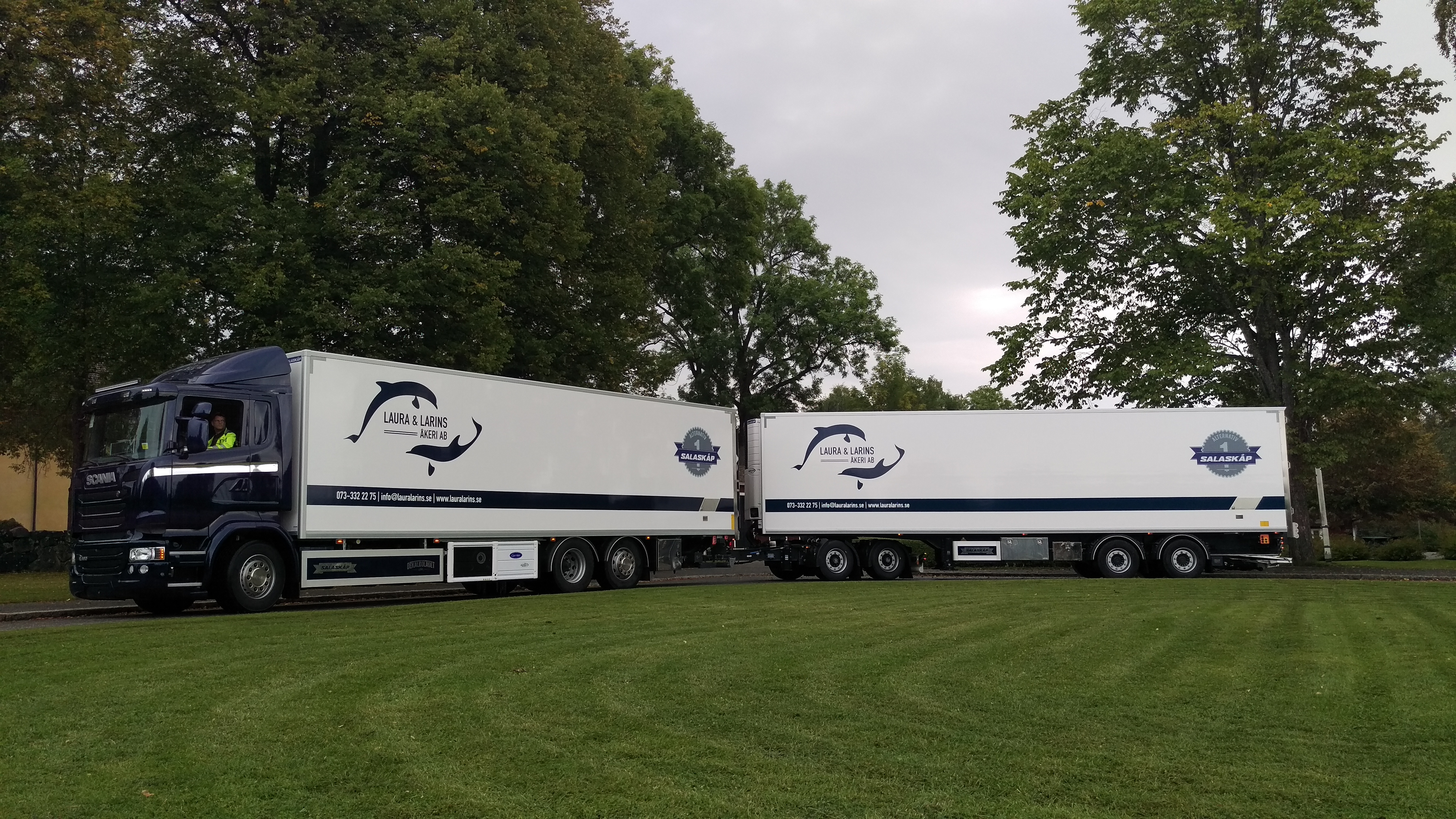Morgan Stanley auto analyst Adam Jonas said Monday that his firm has talked to early testers of the Tesla Semi who say the impressive performance specs offered for the truck are real.
XPO Logistics has been testing prototypes for the last 18 months, according to Jonas. The company praised Tesla for living up to its claims, including performance up a 5 percent grade, fast recharging time, anti-jackknifing features, and payload capabilities.
In a note to clients, Jonas wrote:
The Tesla semi has already received important validation from some customers. We spoke with mgmt. at XPO Logistics, one of the largest logistics companies in the country, that has been talking to Tesla on their EV semi for the past 18 months, including testing live prototypes. XPO mgmt. confirmed that in their testing, the features and capabilities of the truck mostly lived up to Tesla’s claims at the launch event, including the performance vs. diesel trucks up a 5% grade (55 mph vs 45 mph), recharging time, safety/anti jackknifing features and payload (similar to a typical diesel truck, as confirmed by Tesla).
Range for the trucks, however, is still unknown. Tesla has said that the entry-level Semi will have a 300 mile range, while a pricier version will travel 500 miles.
XPO Logistics has been testing prototypes for the last 18 months, according to Jonas. The company praised Tesla for living up to its claims, including performance up a 5 percent grade, fast recharging time, anti-jackknifing features, and payload capabilities.
In a note to clients, Jonas wrote:
The Tesla semi has already received important validation from some customers. We spoke with mgmt. at XPO Logistics, one of the largest logistics companies in the country, that has been talking to Tesla on their EV semi for the past 18 months, including testing live prototypes. XPO mgmt. confirmed that in their testing, the features and capabilities of the truck mostly lived up to Tesla’s claims at the launch event, including the performance vs. diesel trucks up a 5% grade (55 mph vs 45 mph), recharging time, safety/anti jackknifing features and payload (similar to a typical diesel truck, as confirmed by Tesla).
Range for the trucks, however, is still unknown. Tesla has said that the entry-level Semi will have a 300 mile range, while a pricier version will travel 500 miles.
Last edited by a moderator:





